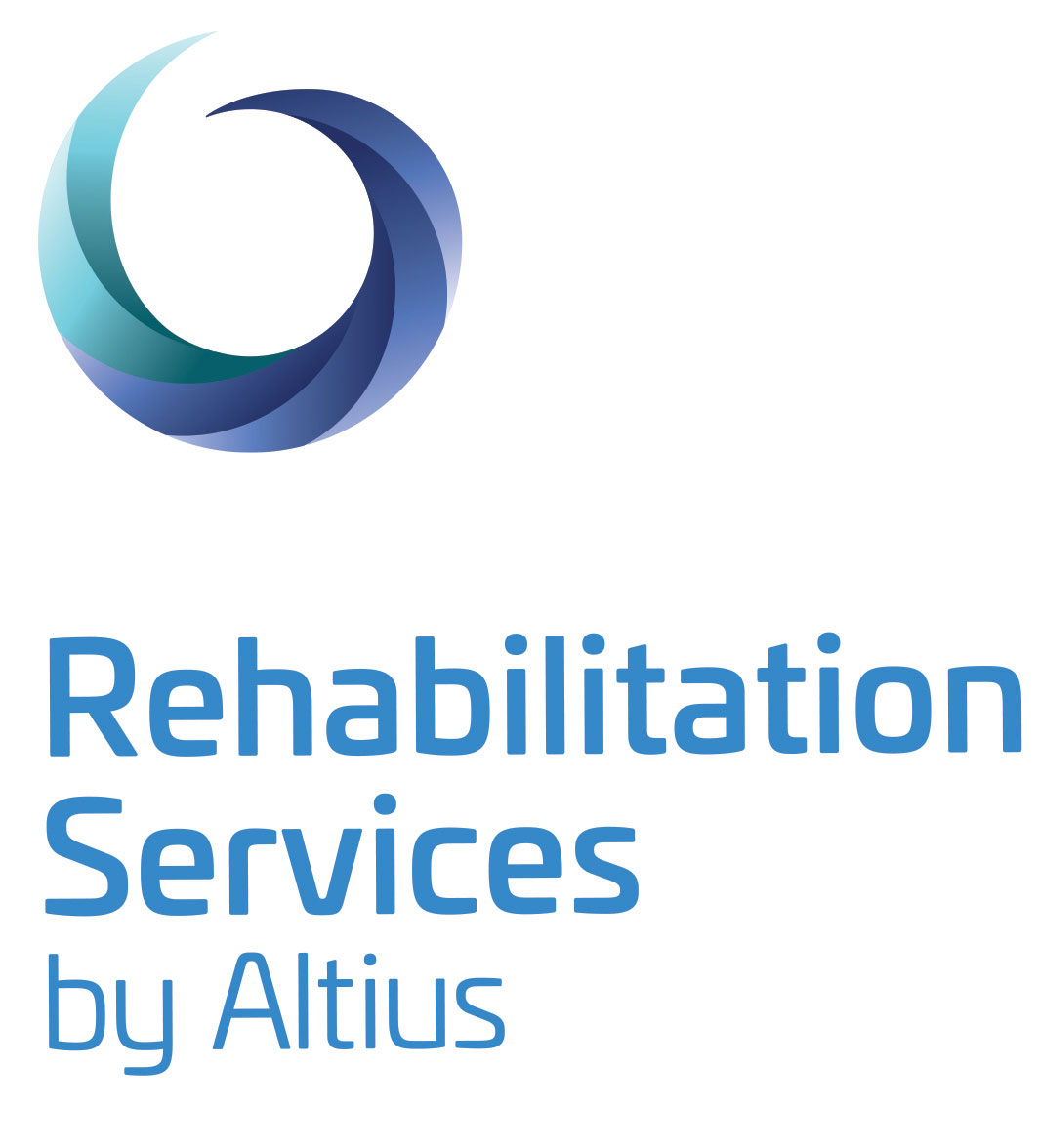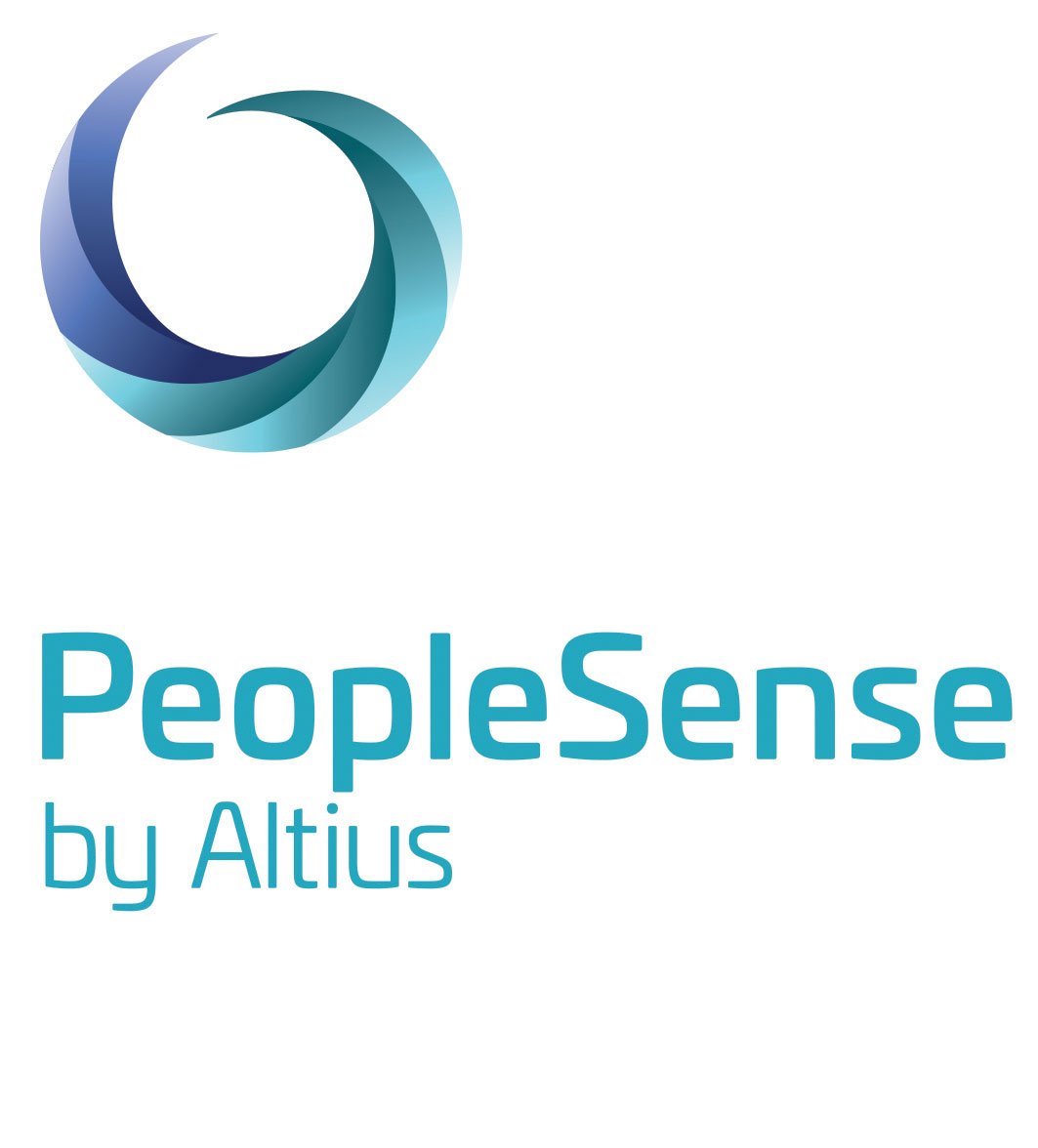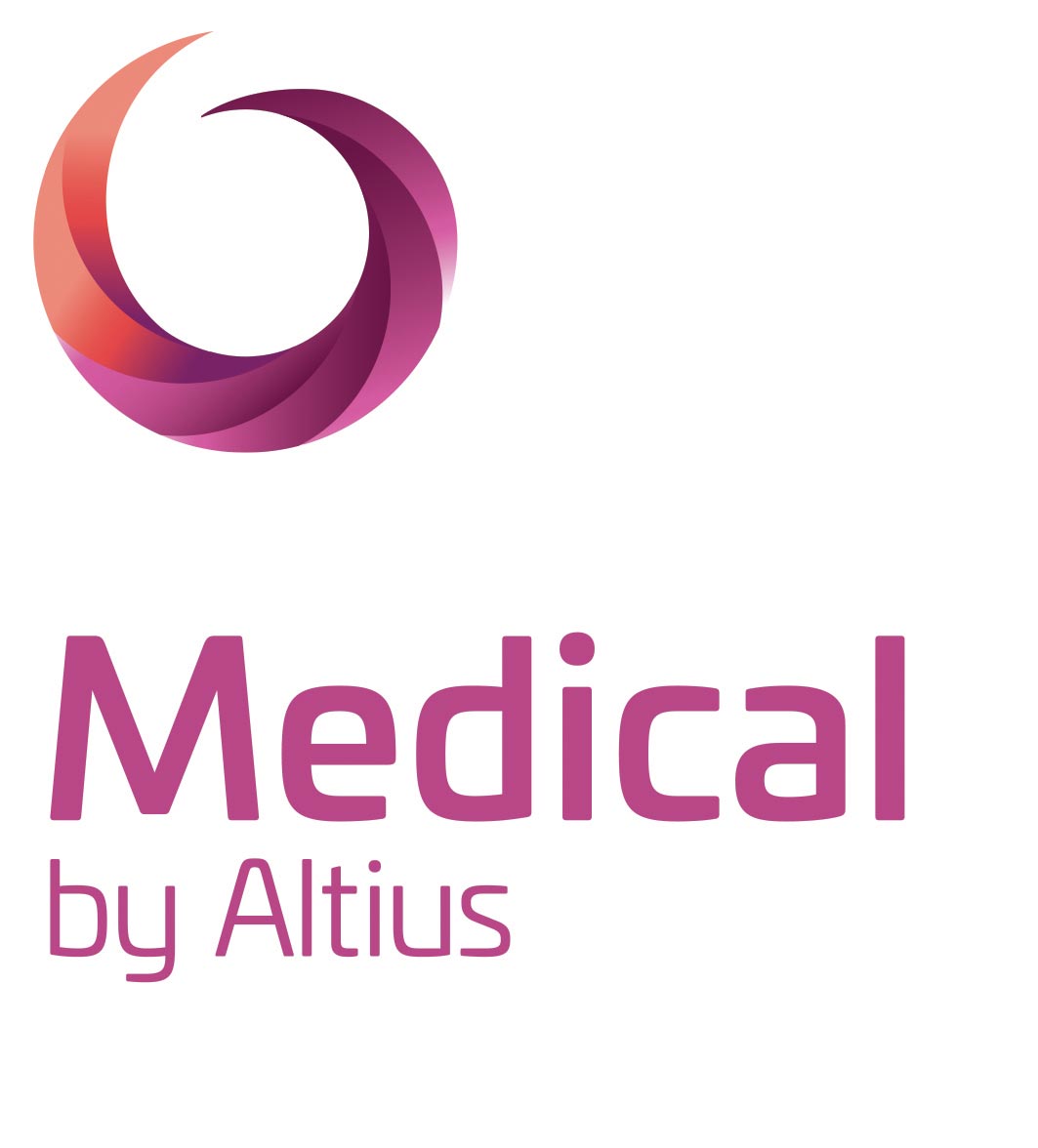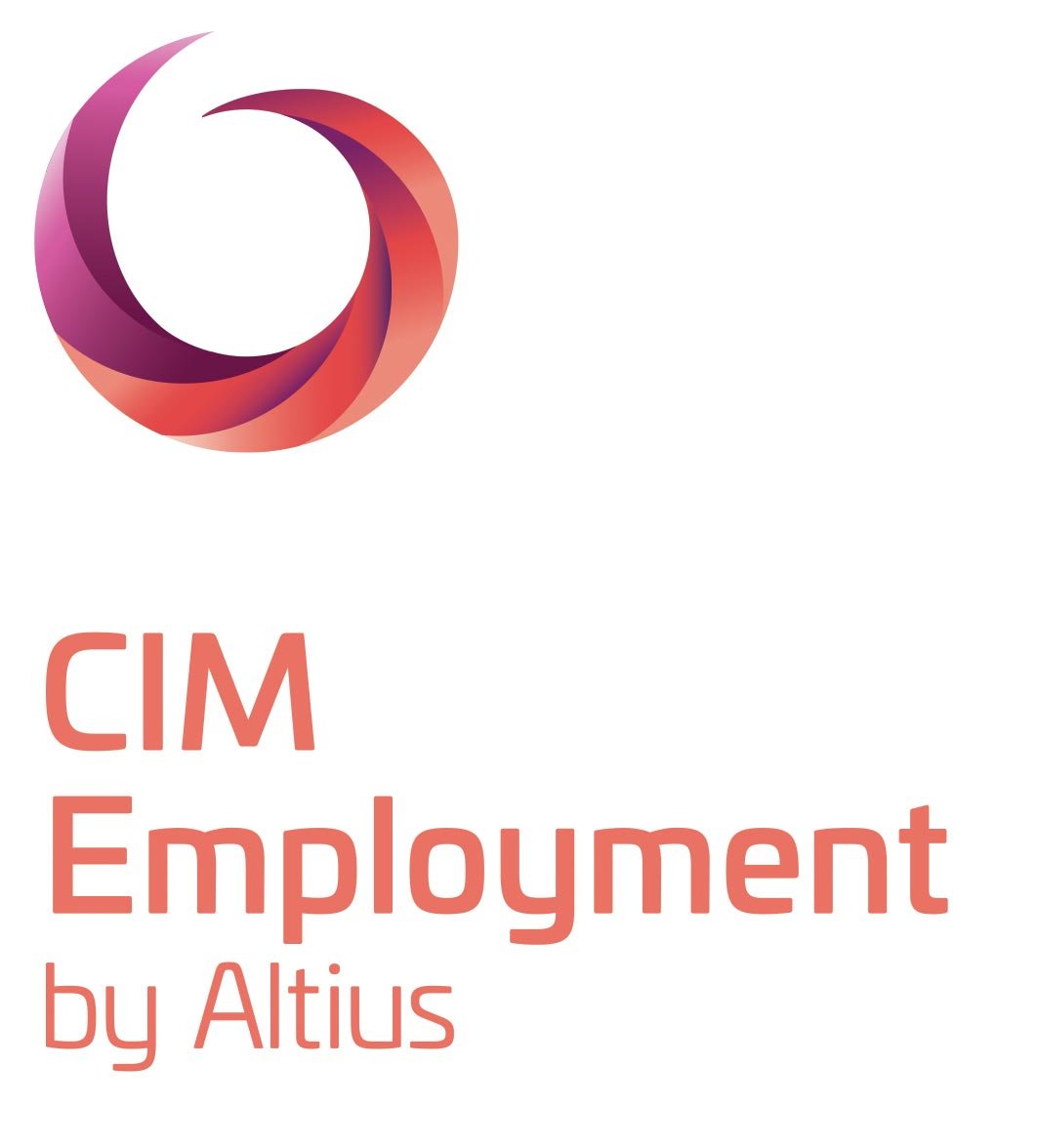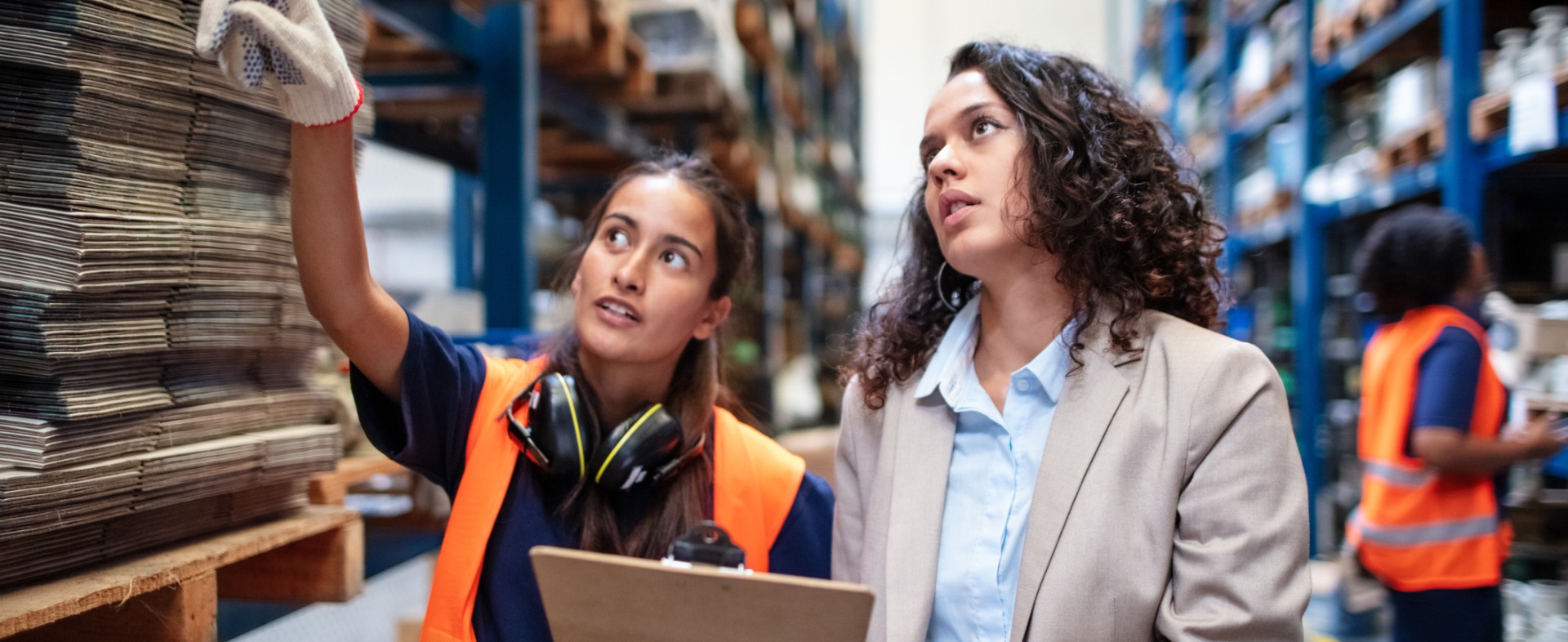Critical Incident Response
This is the phone number for a critical incident response only and goes direct to PeopleSense by Altius.
For Altius Group general enquires, please contact us or call us at 1800 258 487 during business hours.
If you would like to proceed with this call, please click on the button below.
A WHS audit is the only way to analyse your organisation’s WHS performance. Follow our steps to find out where your organisation currently sits and where it needs to be.
The word ‘audit’ can strike fear into the heart of anyone. Whether it’s finance, internal or health and safety related, audits can be daunting. But if you follow our steps, we can help you conduct an audit that’s painless and productive, that provides a safer workplace for years to come.
#1 Identify the Areas the Audit Will Cover
Many organisations start out intending to complete a workplace health and safety (WHS) audit of the whole organisation but never complete it because of the time and resources involved. Often only the low-risk areas of the organisation are audited because they were quicker and easier to audit than the high-risk areas.
If you aren’t sure how much time you have or how long the audit will take, identify one or two areas that would most benefit from an audit and start there.
#2 Who Will Conduct the Audit
Who conducts the audit will depend on available resources and expertise. The organisation may decide to use a staff member and conduct an internal audit or use someone from a third party organisation such as Altius Group.
Both have their advantages and disadvantages. An internal audit may be cheaper, but colleagues may not value it because a staff member with little experience in audits prepared it. An audit prepared by an experienced third party can be more thorough and fresh eyes in an organisation can help to see hazards that a staff member may not identify. A professional WHS third party may also provide solutions that an internal staff member may not be aware of.
#3 Hazard Identification
Reviewing past incidents will often reveal patterns and locations of hazards. It may be a set of stairs, a heavy door or slippery floor that caused multiple incidents.
After identifying a high-risk area, the organisation can take measures to eliminate the risk or make the area safer. If the risk isn’t eliminated, the auditor may make a staff member responsible for reducing the risks regularly. For example, picking up any deliveries left on the ground or replacing markings on the floor that have worn away all help to make an area safer.
#4 Policies and Procedures Meet Requirements
Many organisations spend time and effort writing policies and distributing them, only to find they don’t meet the organisation’s legal obligations or best practice. An audit should include a review of all existing policies and procedures in place to determine if they are current, meet compliance obligations and best practice. If the auditor finds documents that don’t meet any of the standards, they should list them for re-writing.
#5 Reporting Audit Results
Walking around the organisation with a clipboard might be the simple part of an audit compared to reporting the results. The White Paper – Good practice internal audit by the Institute of Internal Auditors recommends reporting detailed audit results in tabular format because it’s easier to read and uses fewer words. The paper also recommends working out ‘what should be’ and ‘what is’ and reporting on the gaps that the audit revealed.
Keep in mind that the audit results should be easy to read and not only focus on the negative. Praise the organisation and its staff for items that are being completed satisfactorily or well. Give guidance on areas to improve such as safety procedures. Concentrate not only on the compliance requirements, but also include an operational perspective. Finally, provide a conclusion for each audit objective.
#6 Implement Work Health and Safety Procedures
Some organisations may spend the time and effort writing WHS procedures but then fail to properly launch them. It’s not enough for only senior management and the HR department to be aware of the procedures. All staff should be familiar with procedures and know them well enough that they can follow them daily. We can make a workplace much safer if all employees consider safety regularly and attempt to improve any hazards they identify.
#7 Safety Training for Internal Managers
An audit can reveal the need for safety training for managers. Training can ensure managers conduct effective workplace assessments, have better WHS awareness and risk management, bullying and harassment awareness and manual task safety. Once the managers have been trained, they can provide training and awareness to their staff.
Altius Group provides WHS training courses and programs including:
- Due diligence training
- Site inspection training
- Incident investigation training
- WHS committee training
- WHS awareness
- WHS risk management
- Bullying and harassment awareness
- Ergonomic assessment training
- Manual task training
- Resilience training
- Workplace ergonomics
#8 Due Diligence
WHS audits aren’t something that can be completed once and forgotten for the next five years. Many organisations find the need for constant due diligence difficult because of the time and resources required. Outsourcing the WHS audit job to a professional organisation like Altius Group ensures audits are conducted on time and that staff fulfill their safety training requirements.
Help from the Experts
Altius Group is experienced in helping a wide range of organisations identify key WHS concerns, gaps and compliance requirements and providing best practice strategies. We can advise and deliver tailored solutions to meet your WHS needs.
If you would like more information about Altius Groups’ WHS Safety audits, contact us online.




